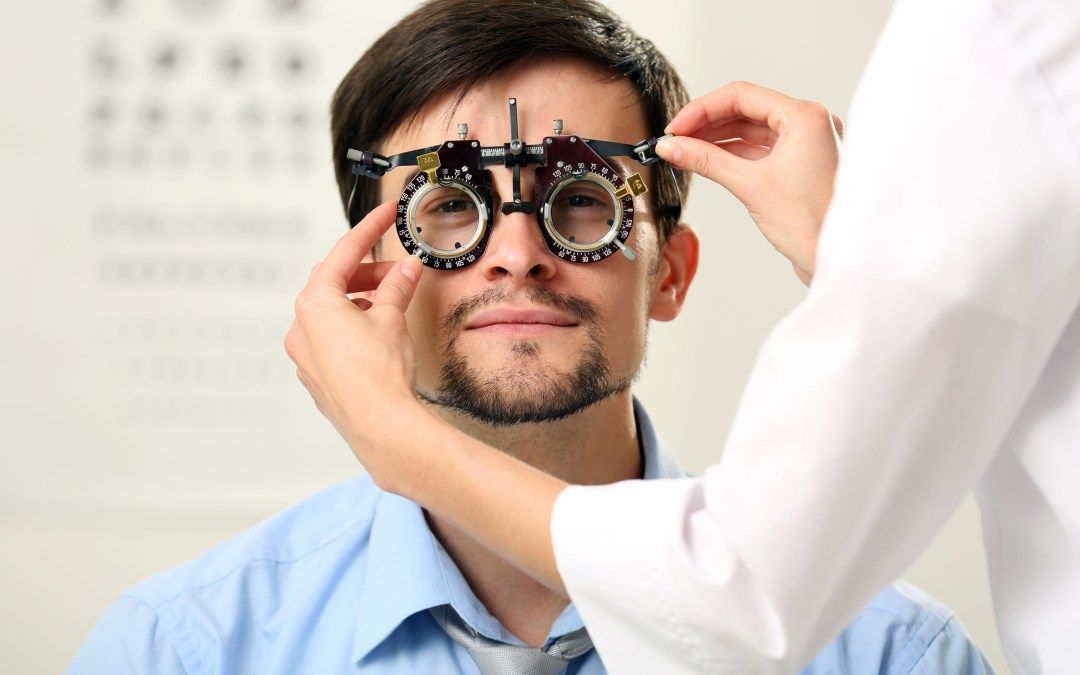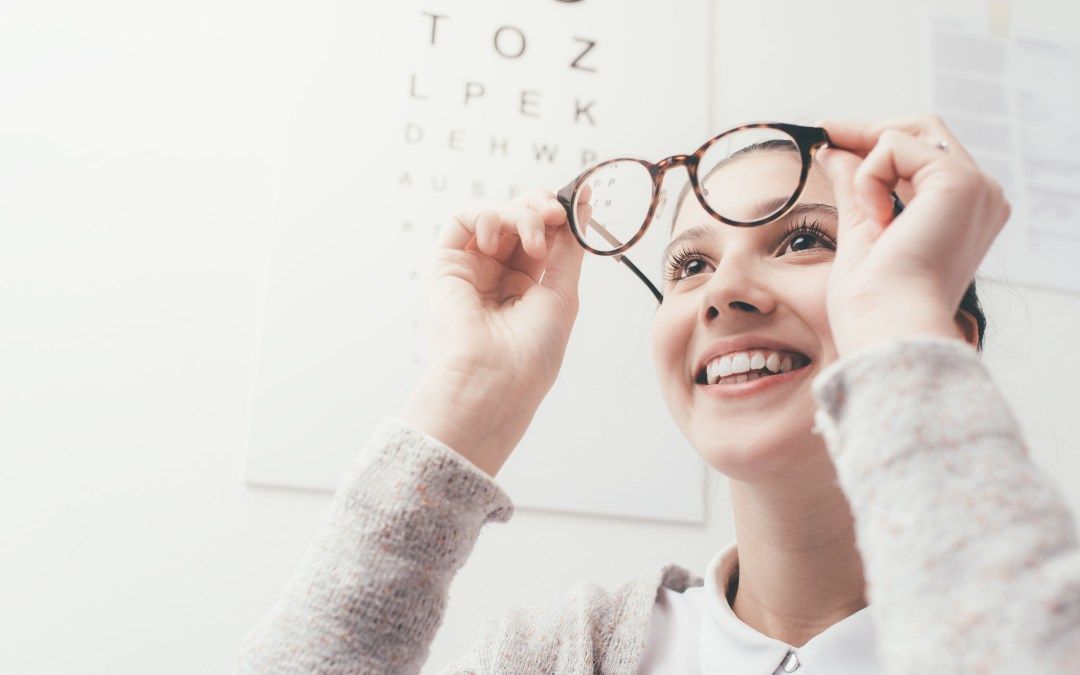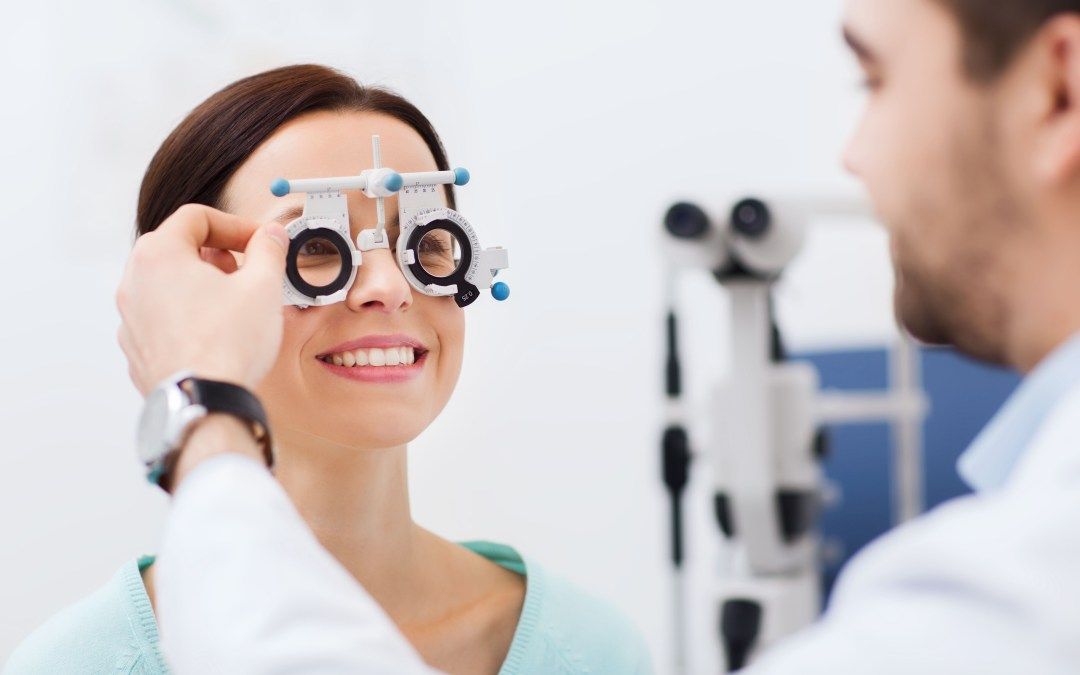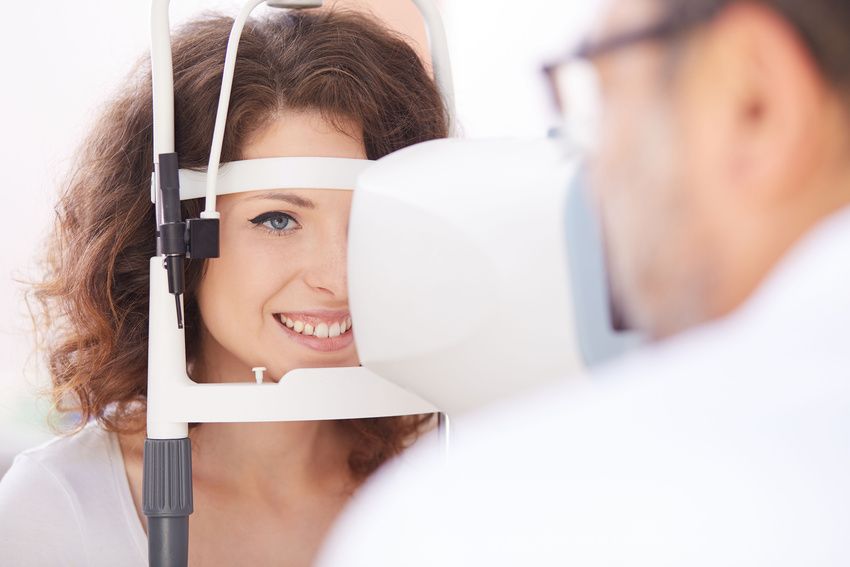How Often Do You Need an Eye Doctor Check Up?
Vision is unquestionably the most important of the human senses, which is a good reason to take care of your eyes. In addition to monitoring your vision, you need to care for it with a regular eye doctor check up. You may question exactly how often you should seek such assistance, but the answer will […]
The post How Often Do You Need an Eye Doctor Check Up? appeared first on Peepers Eyecare Centers.








Share On: